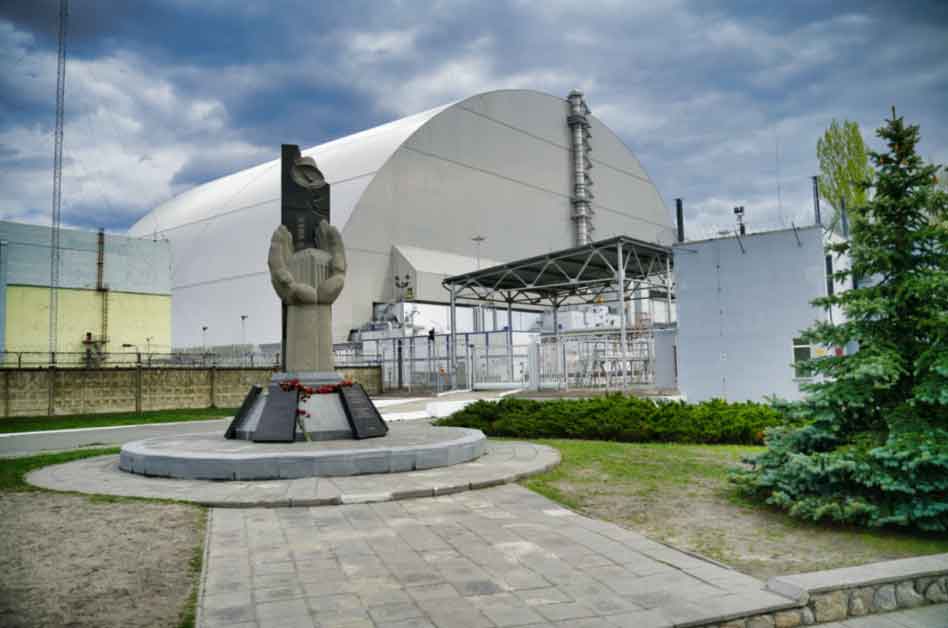Scientists say nuclear fission reactions are starting again in the Chernobyl nuclear power plant.
- The levels of radiation inside Chernobyl’s nuclear power plant are on the rise, scientists say.
- Experts are clear that they cannot exclude the possibility of an accident.
- The current levels of radiation in the plant are too high for humans to tackle the issue manually.
Rising levels of radiation in Chernobyl have been detected by scientists monitoring the area. This happens 35 years after the power plant’s core exploded, as UNILAD notes.

The rise has been spotted by sensors monitoring the masses of uranium fuel buried in the basement rooms of the reactor. They have discovered rising levels of neutrons, which signalize that the fission process used to create nuclear energy is occurring in one of the inaccessible rooms within the plant.
Luckily, the levels are growing rather slowly. However, the experts are still working on determining the exact cause of the unusual radiation activity. After they figure out the origin of the disturbance, they would be able to take the right action for handling the problem.
Specialists say they can’t “rule out the possibility of an accident.”
Maxim Saveliev from Kyiv’s Institute for Safety Problems of Nuclear Power Plants said there are “many uncertainties” about the current situation inside the power plant.
Following the 1986 catastrophic disaster, up to 95% of the original reactor fuel is said to have flowed into the plant’s basement rooms. The fuel then formed solid fuel-containing materials(FCMs). To prevent further radiation leaks, in 1987 authorities placed a concrete-and-steel “sarcophagus” over the top of the reactor’s remains. Then, in 2016, a more secure €1.5 billion “New Safe Confinement” was installed to contain radiation from the FCMs.

Neutron counts have been stable in most parts of the Chernobyl power plant. However, as Science Magazine reveals, they began to edge up in a few spots, nearly doubling over four years. As per Neil Hyatt, a nuclear material chemist, the insides of the reactor are “like the embers in a barbecue pit.”
The country of Ukraine has been looking through ways to discard the FCMs before reaching critical levels.
By the end of 2021, the Eastern European country is expected to release proposals for the removal of the dangerous matter.
In the meantime, the current radiation levels are too dangerous for humans to manually stabilize the FCMs. Developers are considering creating a robot capable of withstanding high levels of radiation to insert boron cylinders into the deposits.
Thankfully, there is no risk of a global crisis like the one 35 years ago. However, as per Hyatt, an exponential increase in fission could cause “an uncontrolled release of nuclear energy.” Scientists fear that an explosion in the reactor could cause a partial collapse of the old sarcophagus and fill the new one with “radioactive dust.”


